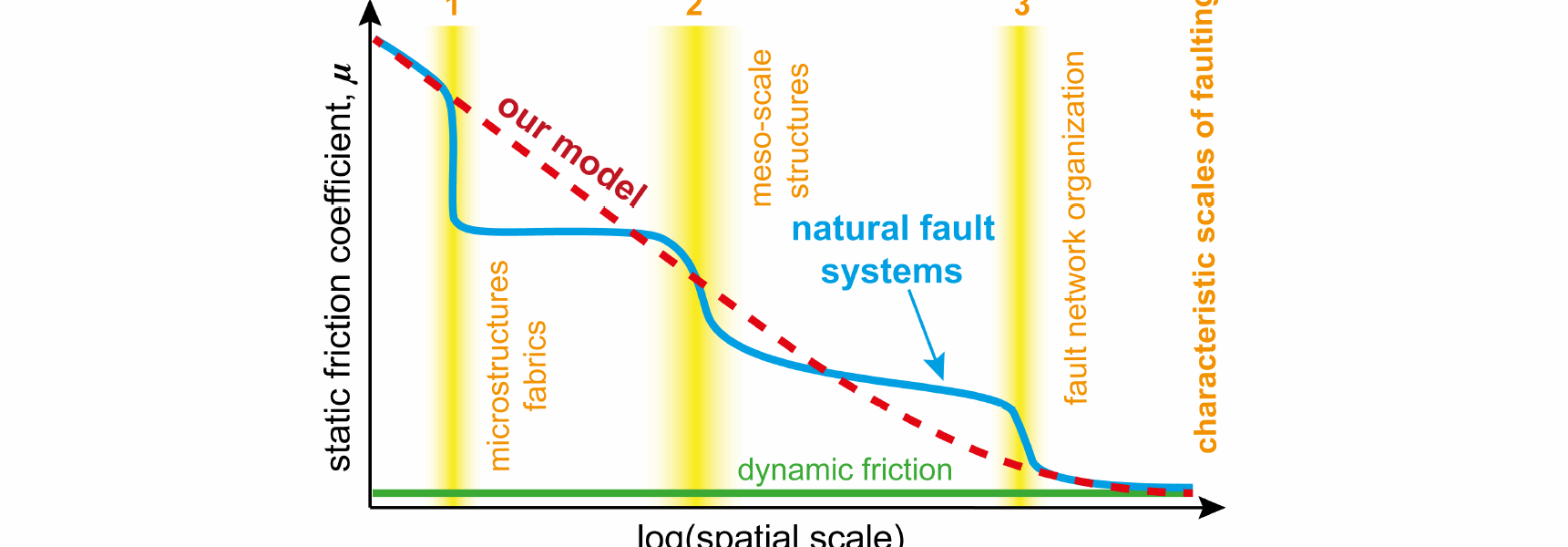An accurate assessment of seismic hazard requires a combination of earthquake physics and statistical analysis. Because of the limitations in the investigation of the seismogenic sources and of the short temporal intervals covered by earthquake catalogs, laboratory experiments have played a crucial role in improving our understanding of earthquake phenomena. However, differences exist between acoustic emissions in the lab, events in small, regulated systems (e.g., mines) and natural seismicity. One of the most pressing issues concerns the role of mechanical parameters and how they affect seismic activity across boundary conditions and spatial-temporal scales. Here, we focus on fault friction. There is evidence inferred from geodesy, computational simulations and seismological investigations that most large faults are weak and characterized by very low static friction coefficients which are inconsistent with those of smaller faults and laboratory experiments. We support the hypothesis that static friction decreases with fault size due to the presence of fabrics, roughness, structural asperities and network geometry. We also model its scaling behavior as dependent on a few physical properties (e.g., fault fractal dimension). Conversely, dynamic coefficients are not affected by the spatial scale. Mathematical derivations are based on the hypothesis that earthquake onset results from fracture instability controlled by the extremes of fault shear strength. We validate this using a simple model for earthquake occurrence rooted in fracture mechanics, which reproduces key features of major seismicity (i.e., interevent time distribution, clustering and frequency-size relationship).
You can read my article here: https://www.sciencedirect.com/science/article/pii/S0012821X25002808

